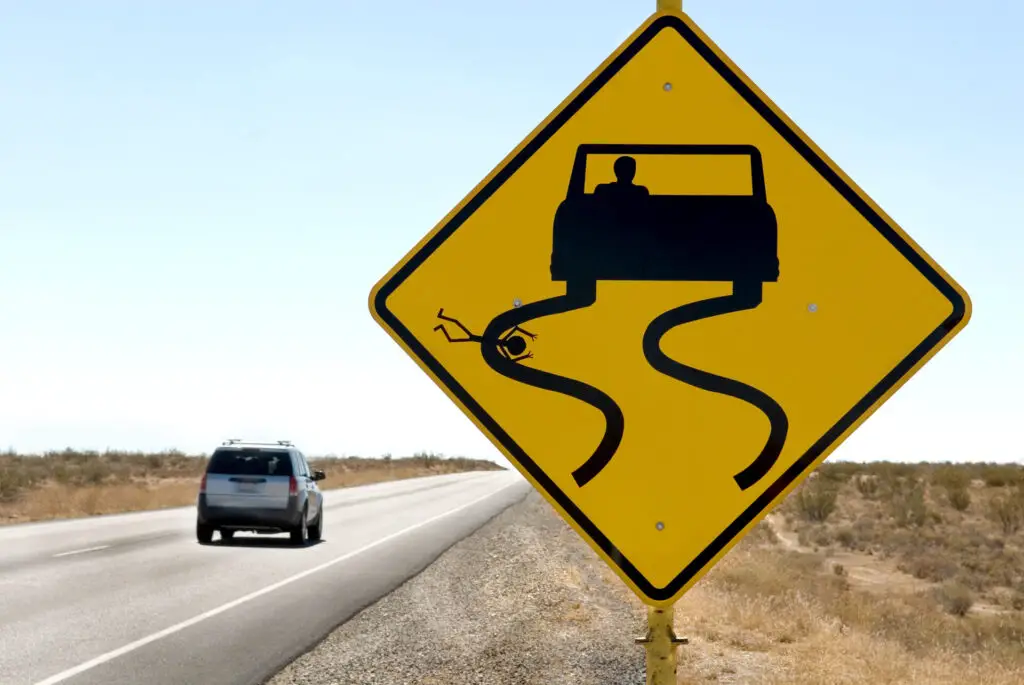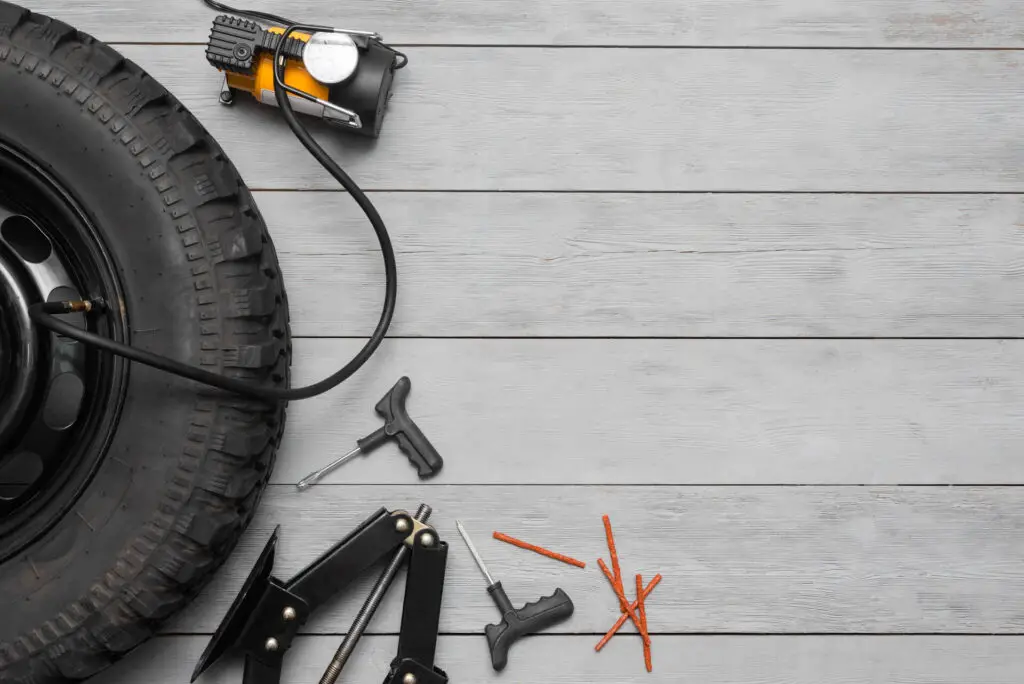Those who deal with trailer equipment daily know that one of the most challenging issues is a stubborn hitch ball that just won’t release. If this sounds familiar to you, this guide on how to remove a stuck trailer hitch ball is here to offer detailed solutions, ensuring you’re well-equipped to handle the situation while on the road.
The removal process begins by securing the towed unit for safety, then using penetrating oil and the proper tools to loosen the tow ball itself. If initial attempts prove futile, reapply the oil, adjust the trailer’s weight, and try again. When all else fails, you can always seek professional help. Last but not least, maintenance is key post-removal – clean the connection immediately, lubricate it regularly, and conduct period checks.
What Is a Trailer Hitch Ball?
A trailer hitch ball is a crucial component of a towing setup. Sometimes called simply tow balls, these rounded pieces are usually made from steel. Mounted on the hitch of a vehicle, they’re designed to fit and lock into a trailer’s coupler, thereby creating a secure connection between the two.
This allows for safe and stable towing, ensuring that what you’re pulling remains attached even during rough or long journeys through the most famous routes in the US. While it brings a lot of convenience to the whole ordeal, this kind of setup can sometimes cause some issues.
How to Know the Trailer Hitch Ball Is Stuck?
Knowing the signs that the trailer hitch is stuck is crucial to maintaining a safe towing experience, as it helps ensure that everything stays attached while traveling, whether you’re more into city driving or you prefer an off-road experience. Here are some of these telltale signs:
- Resistance when attempting to uncouple – the coupler doesn’t release easily, despite all latching mechanisms being disengaged,
- Visible rust or corrosion – there’s noticeable rust around the base or on the rounded piece itself,
- Unusual noises – hearing creaking or groaning sounds when trying to disengage the trailer,
- Misalignment – the attachment seems tilted or misaligned when attempting to disconnect.

Before Anything Else Safety First!
First and foremost, it’s imperative to prioritize your personal protection. Safety gloves will shield your hands from potential abrasions, cuts, or contact with any harmful residues. Meanwhile, safety goggles are essential to protect your eyes from unforeseen splashes, sparks, or debris.
In addition, before diving into any procedures, always make sure that both the vehicle and the attached unit are on firm, level ground. This not only prevents unwanted movement but also ensures that you’re working in a controlled and predictable environment. Starting on unstable footing could lead to unforeseen complications and hazards, so always check your surroundings and ensure a secure workspace.

Required Tools and Equipment
Before delving into the whole ordeal, it’s crucial to assemble all the tools and equipment you’ll need. This not only streamlines the task at hand but also prevents any unnecessary interruptions once you’ve started. So, make sure you have the following items within arm’s reach:
| Equipment | Purpose |
| Wrench or pliers | To grip and turn components, as well as loosen them |
| Penetrating oil or lubricant | To break down rust and ease component movement |
| Rubber mallet | To gently tap and free any stuck parts |
| Pipe or breaker bar | To provide additional leverage when turning tight components |
| Jack and jack stands | To elevate the vehicle or attached unit for better access |
As someone passionate about towing, you likely have most of these tools readily available in your toolkit. While jack stands are optional, they can provide you with better access, and you definitely have them if you’ve ever changed a flat tire.
As for the penetrating oil, I personally recommend the Liquid Wrench Penetrating Oil. This formula is designed to seep into tight crevices, break down rust, and free up stuck components, making them invaluable for tasks like this.

How to Remove a Stuck Trailer Hitch Ball – Step-By-Step Procedure
Finally, it’s time to roll up your sleeves and get started. Remember, a methodical and patient approach often yields the best results. Without further ado, let’s dive into the steps you need to take.
Step 1: Securing the Trailer
As already mentioned, the foundation of any successful procedure begins with a stable working environment. Engaging the parking brake on both your towing vehicle and the towed unit offers an initial layer of stability, ensuring no unexpected movements occur. This is your first line of defense against potential mishaps.
Taking it a step further, stabilizing your towed unit with jack stands can be the difference between a smooth process and an unpredictable one. While this step might seem optional, it’s a highly recommended measure. Not only does it offer added security, but it also provides peace of mind, allowing you to focus solely on the task at hand.
Step 2: Loosen the Hitch Ball Nut
Initiating the removal process, the first move is to apply a generous layer of penetrating oil around the base. It’s crucial to allow this lubricant ample time to seep in, breaking down any corrosion or tightness that might be present.
Once the lubricant has done its work, it’s time to grip that stubborn nut. Positioning your wrench or pliers just right will be essential. But sometimes, even with the right grip, you might encounter resistance. This is where a pipe or breaker bar becomes invaluable. By offering additional leverage when fitted over the wrench, turning that nut counterclockwise becomes a far more manageable task.
Step 3: Removing the Stuck Hitch Ball
Having successfully loosened the nut, the real test begins – removing the tow ball itself. Keeping a firm hold on it with one hand ensures you have control, while with the other hand, you continue the counter-clockwise motion. This combination of grip and twist is crucial to maintaining the progress you’ve achieved so far.
But, occasionally, even with the nut loosened, the component can remain a little too attached. This is where a rubber mallet comes into play. Gentle taps can help in freeing any residual stubbornness. And as you attempt to lift the component, don’t just pull—rotate and wiggle. These movements, combined, will aid in dislodging it completely from its position.
What if It’s Still Stuck?
At times, even after a meticulous approach, these components can be super stubborn and refuse to budge. Applying another generous amount of penetrating oil and letting it sit for an extended period can often be the solution to this problem. Giving the lubricant more time allows it to work deeper into those hard-to-reach areas and break down any persistent rust or corrosion.
Another strategy involves manipulating the weight distribution. Using a jack to elevate the towed unit slightly can alleviate pressure from the connection point. By doing so, you might just create enough space or relieve enough tension to facilitate a smoother removal process.
You Can Always Seek Professional Help
While DIY methods are empowering, there are moments when bringing in the experts is the best course of action. So, if you find yourself struggling despite multiple attempts, it might be time to consult a professional. Their experience and specialized tools can make quick work of even the most stubborn connections.
Plus, seeking expertise not only ensures the job gets done but also guarantees the safety and integrity of your equipment. Remember, there’s no harm in asking for assistance when needed – especially when it comes to your precious ride.

Tips for Cleaning and Maintenance
Now that you know how to get a stuck trailer hitch off, it’s all about ensuring such challenges are rare in the future. Keeping this connection in tip-top shape and running smoothly can definitely save you much hassle and effort down the line. Here are a few important tips to keep in mind, even if you have the easiest car to maintain:
- Clean immediately after removal – once you’ve successfully dislodged it, take the time to clean both the tow ball and the coupler, as this removes any immediate debris or corrosive elements,
- Regular use of lubricants – regular application of penetrating oil not only eases movement but also acts as a protective layer against rust and corrosion, preventing the components from getting stuck again,
- Periodic checks – incorporate routine checks into your maintenance schedule, as this is a proactive way to spot and address any budding issues before they become bigger problems,
- Protection from the elements – whenever possible, use covers or store the setup in a dry place to prevent moisture-related corrosion and wear, especially if you live in an area with salty air or roads,
- Keep the rotation going – if you have more than one connection point or if you’re considering purchasing an extra, make sure to rotate their usage, as this distributes the wear and tear more evenly among them.

It’s Time to Roll to a Smooth Finish
As we cruise to the end of this guide, it’s evident that with the right knowledge, tools, and a dash of patience, managing and maintaining your towing mechanism can be a seamless journey. Remember, proactive care and timely checks can save you a world of trouble. Here’s to smooth rides and hassle-free connections!
Frequently Asked Questions About Stuctk Trailer Hitch Ball
Why Does My Trailer Hitch Ball Get Stuck?
Over time, factors like rust, corrosion, or just constant pressure and wear can cause the ball to get stuck in its coupler. Environmental factors like salt and moisture can also accelerate this sticking.
How Often Should I Lubricate My Hitch Ball?
Regular lubrication, depending on usage frequency, is advisable. For frequent towers, once a month should suffice. For occasional use, every 2-3 months is good.
Can I Use Any Penetrating Oil for the Job?
While many penetrating oils will work, it’s best to use those designed for automotive purposes to ensure effectiveness and protect the metal. High-quality oils can also offer added protection against future corrosion.
Is It Safe to Use a Regular Hammer Instead of a Rubber Mallet?
A rubber mallet is recommended because it’s gentler on the metal and reduces the risk of damage. If using a regular hammer, proceed with caution and use minimal force. Misuse can lead to irreversible damage or misalignment.
If I Can’t Remove the Hitch Ball Myself, Where Should I Go for Professional Help?
Automotive or trailer repair shops typically have the expertise and tools to assist in removing stuck hitch balls. Always check for reputable local services with positive reviews. It’s worth investing in expert assistance to ensure no further damage occurs.








